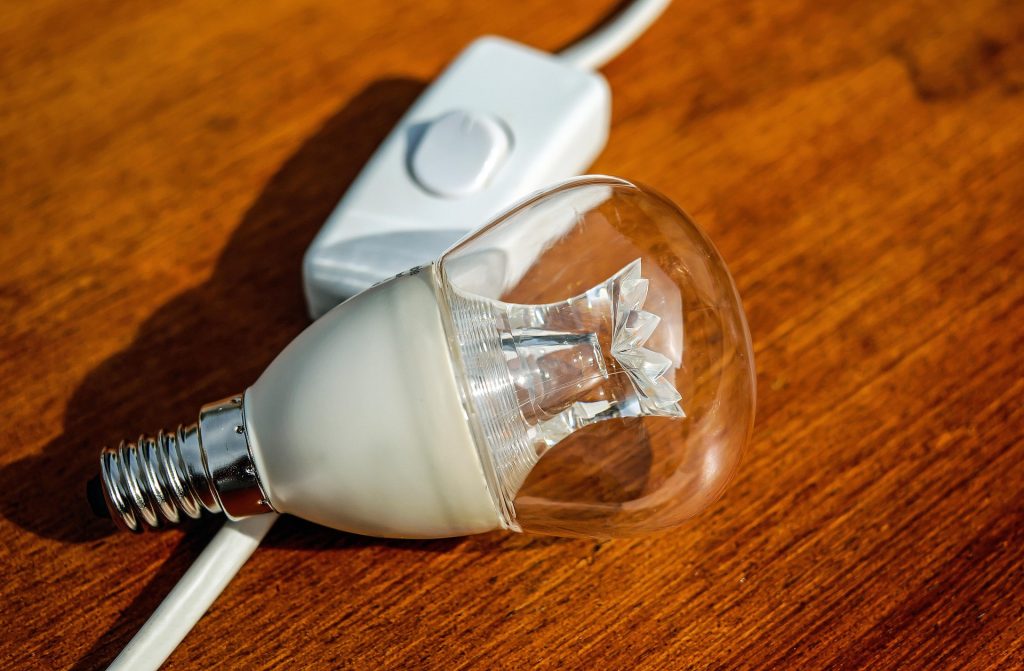Rising energy bills can sneak up on you, especially during peak seasons. Whether you’re battling summer heat or winter chills, there are plenty of ways to lower your energy usage without sacrificing comfort. Here’s your ultimate guide to energy bill savings, packed with simple habits, low-cost fixes, and long-term strategies.
1. Be Smart with Heating and Cooling
Your HVAC system is usually the biggest energy hog in your home—small changes can make a big impact.
-
Use a programmable or smart thermostat: Set it to adjust while you’re sleeping or away. Even a 1–2°F change can reduce costs by up to 10%.
-
Seal leaks: Weatherstrip doors and windows to prevent warm or cool air from escaping.
-
Close vents and doors in unused rooms: Don’t waste energy heating or cooling spaces you’re not using.
-
Use fans strategically: Ceiling fans can help circulate air, making rooms feel cooler in summer and warmer in winter.
2. Switch to Energy-Efficient Lighting
Lighting can account for about 10–15% of your energy bill.
-
Use LED bulbs: They use up to 90% less energy and last much longer than incandescent ones.
-
Turn off lights when not in use: Obvious, but often forgotten!
-
Install motion sensors or timers: Great for outdoor lighting or rooms that are rarely used.
3. Tame the Energy Vampires
Many devices suck energy even when they’re turned off.
-
Unplug electronics when not in use: Especially phone chargers, coffee makers, and TVs.
-
Use power strips: Flip off the strip to cut power to multiple devices at once.
-
Invest in smart plugs: They let you control and schedule electronics from your phone.
4. Be Water Wise
Heating water takes a lot of energy—here’s how to use less of it:
-
Lower your water heater temperature: Set it to 120°F (instead of 140°F) to save energy and reduce scalding risk.
-
Take shorter showers: Even shaving off a few minutes helps.
-
Use cold water for laundry: Modern detergents clean well without hot water.
-
Fix leaky faucets and showerheads: Even small drips waste water and energy over time.
5. Maximize Appliance Efficiency
Your everyday appliances might be working harder (and using more power) than they need to.
-
Run full loads in the washer and dishwasher: It’s more efficient than multiple small loads.
-
Clean the lint trap: It helps your dryer work faster and safer.
-
Air-dry clothes when possible: Saves money and extends clothing life.
-
Upgrade to ENERGY STAR appliances: They use significantly less energy over their lifetime.
6. Let Nature Do Some of the Work
Take advantage of free natural resources!
-
Open curtains during the day in winter: Let sunlight help heat your home.
-
Close blinds during the day in summer: Keep the heat out and reduce your cooling needs.
-
Plant trees or use shade structures: Reduce sun exposure on your home and lower cooling costs.
7. Monitor Your Usage
Knowledge is power (and savings).
-
Check your energy bill regularly: Look for seasonal spikes or unexpected jumps.
-
Use a home energy monitor: These devices track real-time usage and identify where you can save.
-
Check for utility rebates and energy audits: Many utility companies offer free or discounted home energy audits or rebates for efficiency upgrades.




